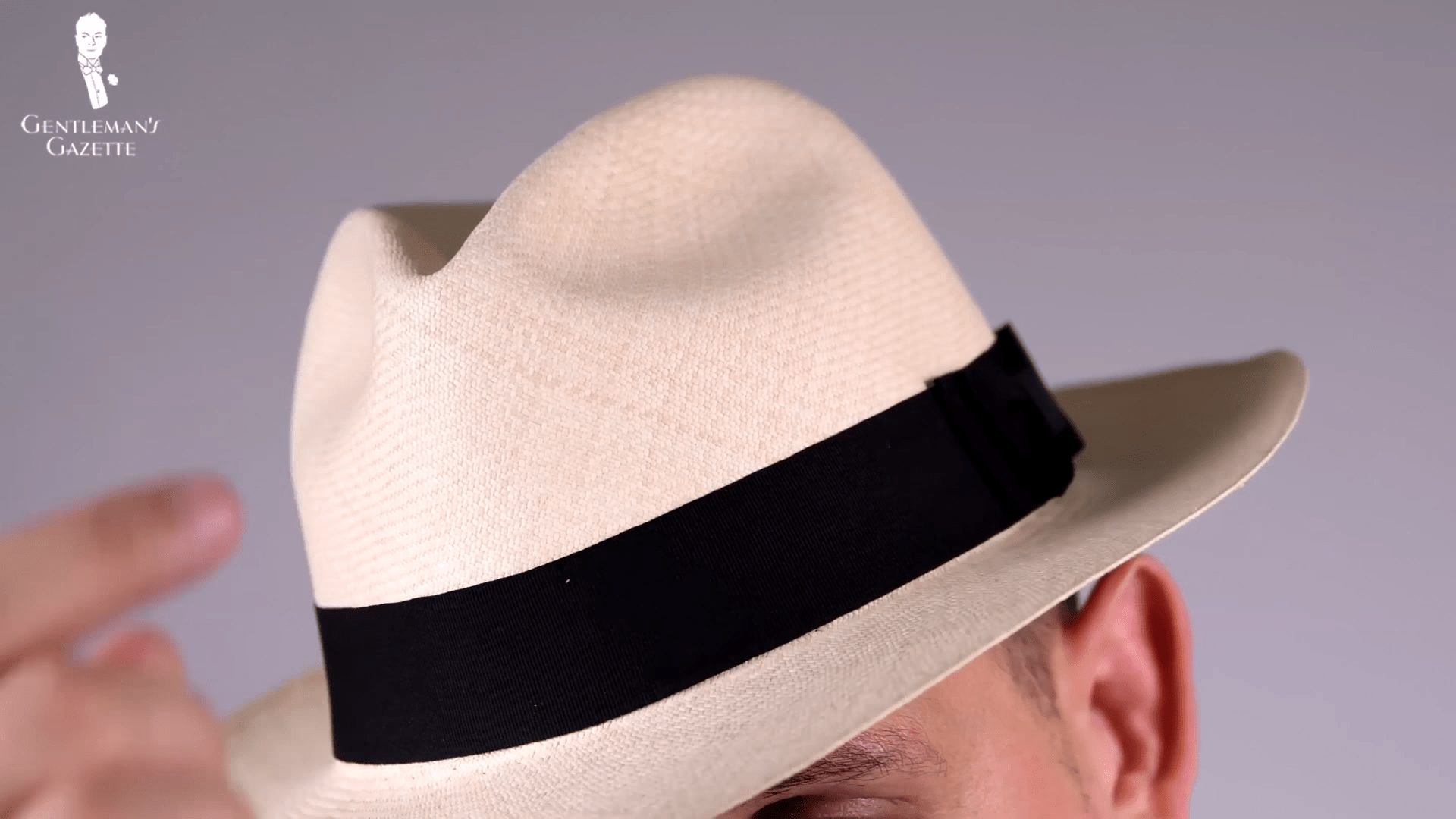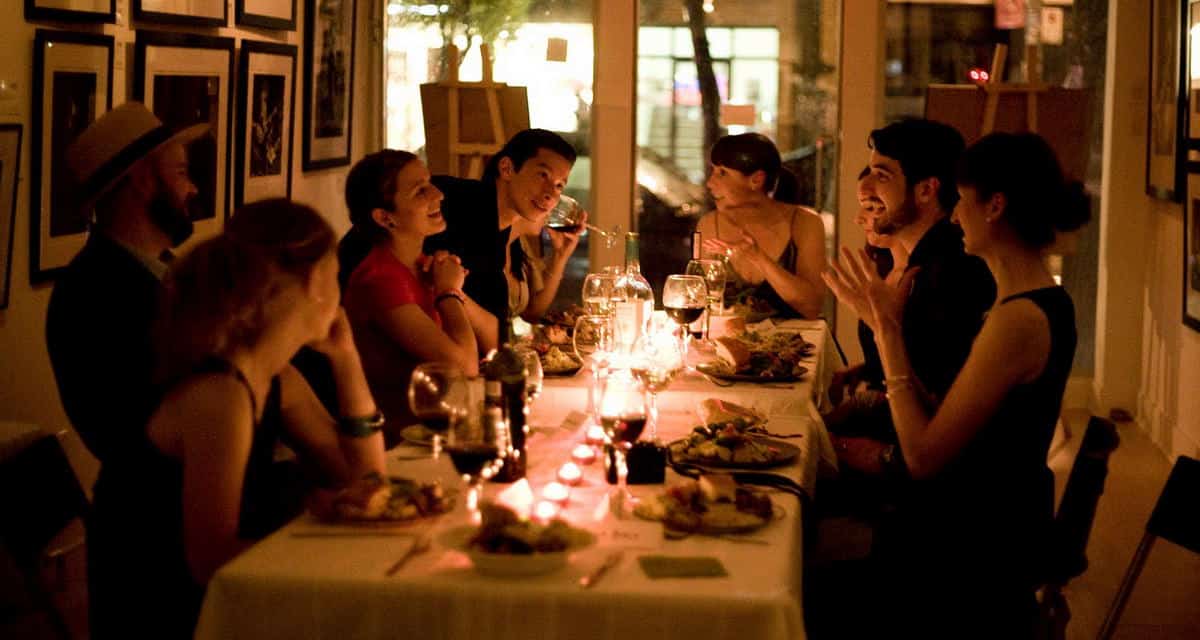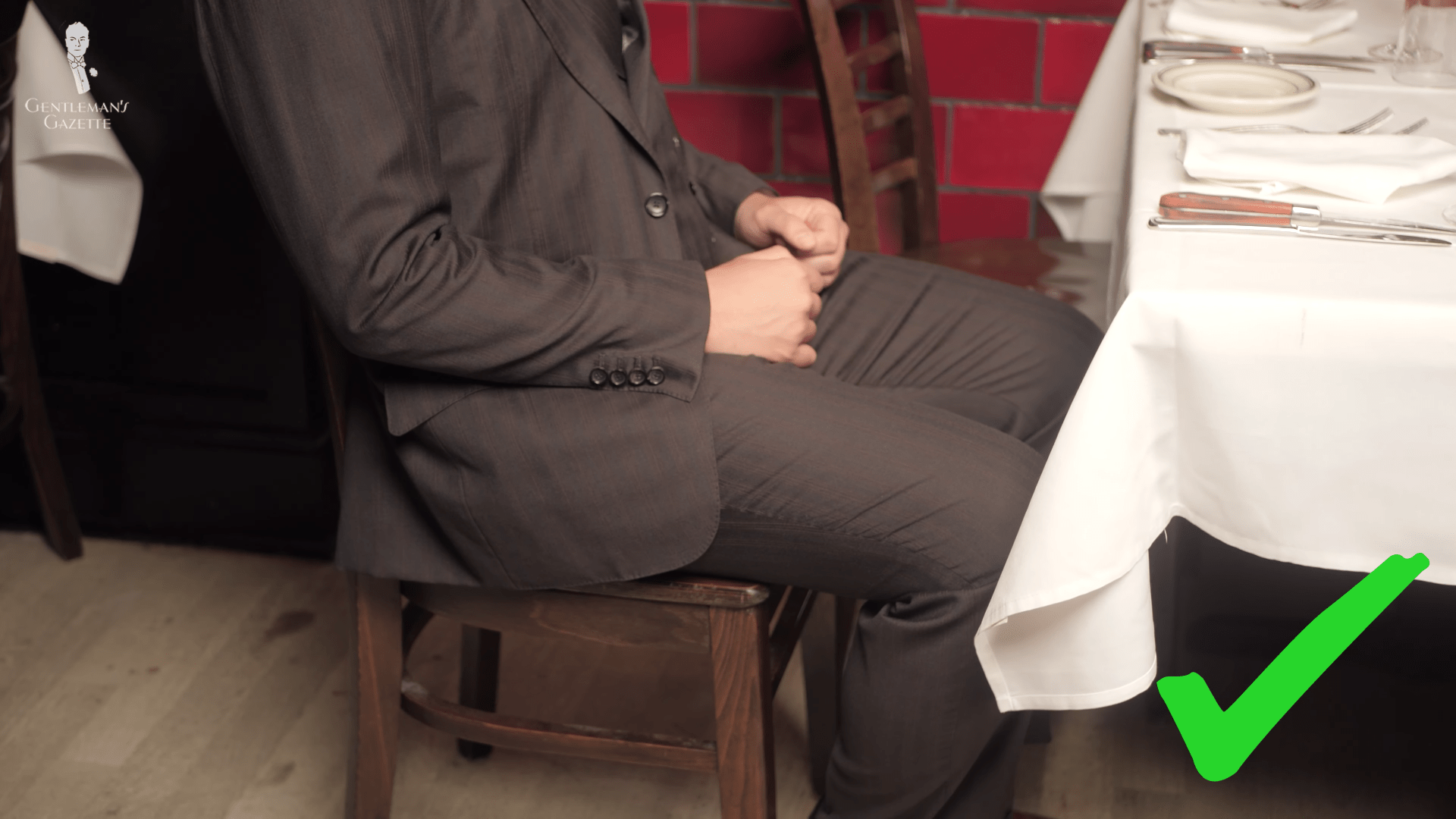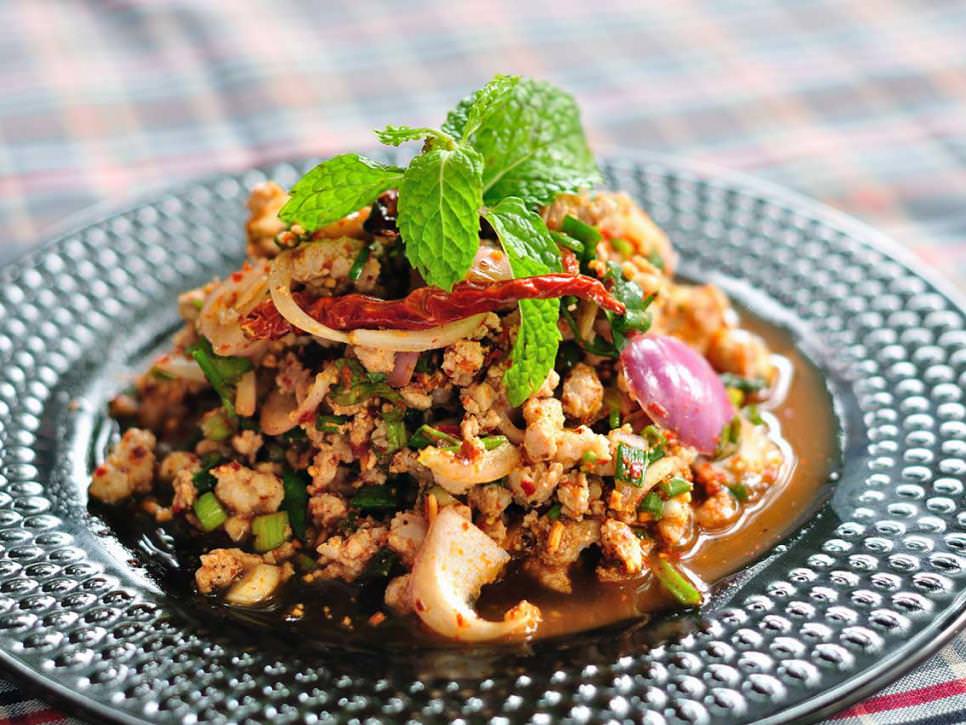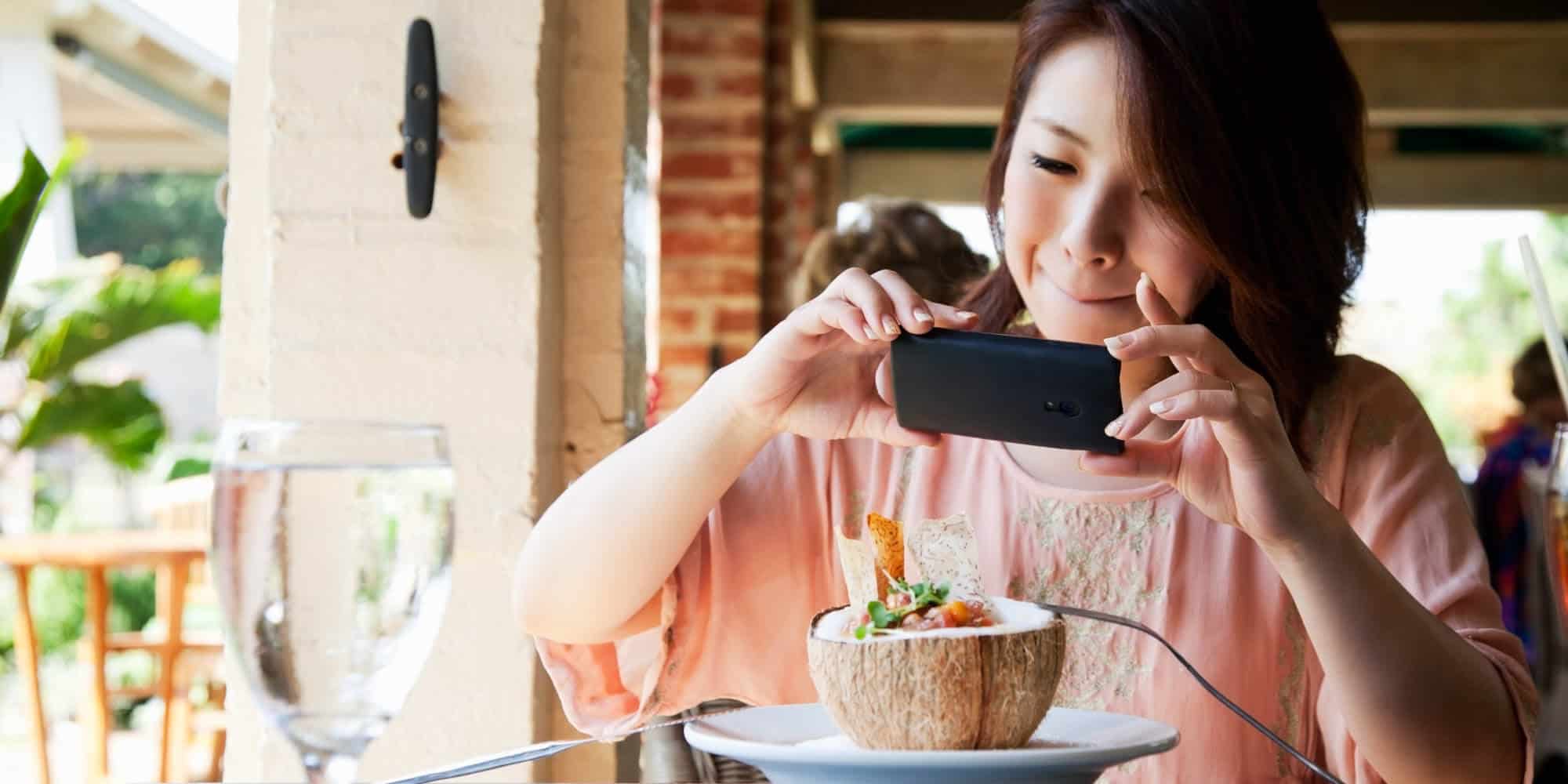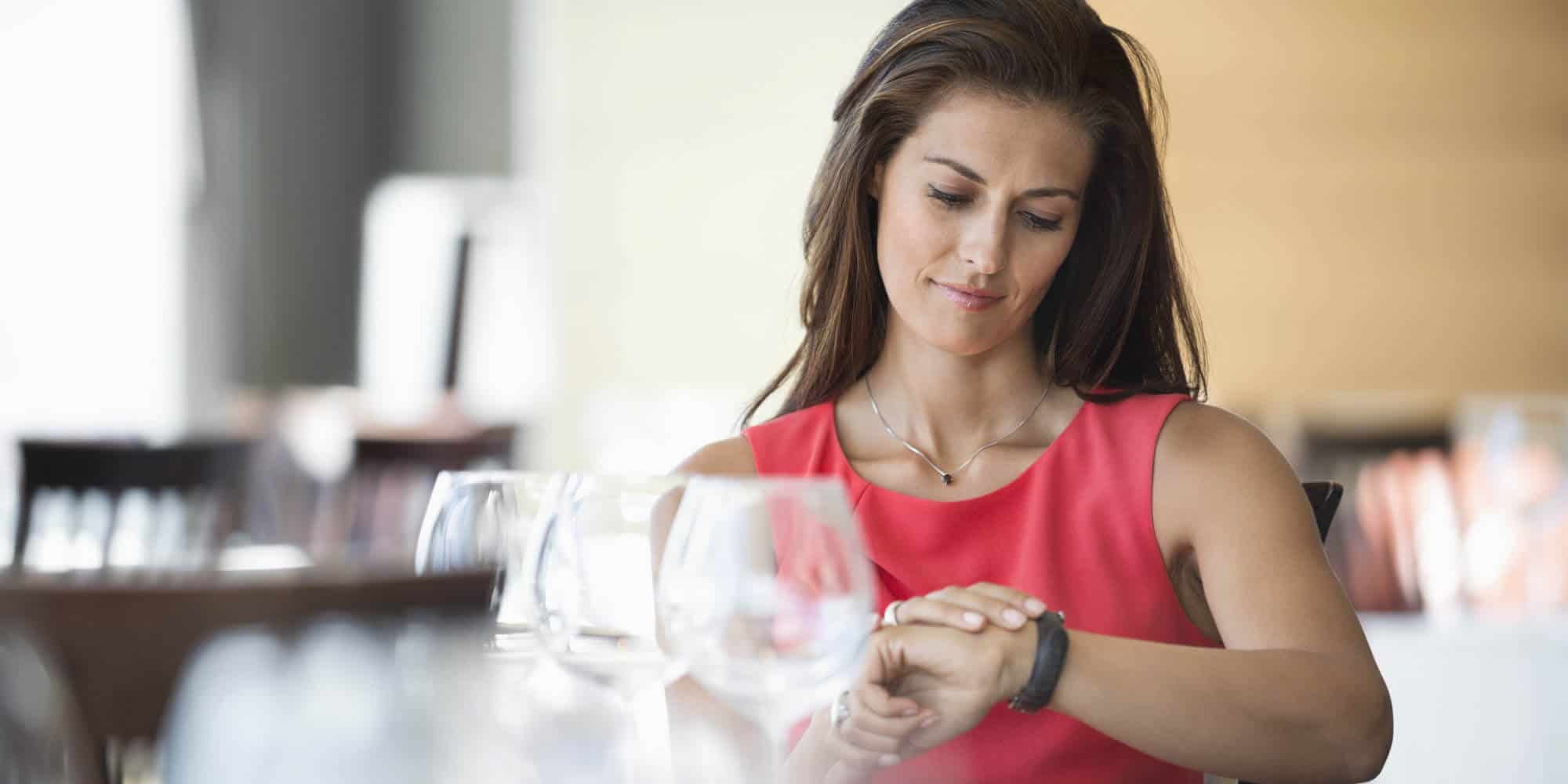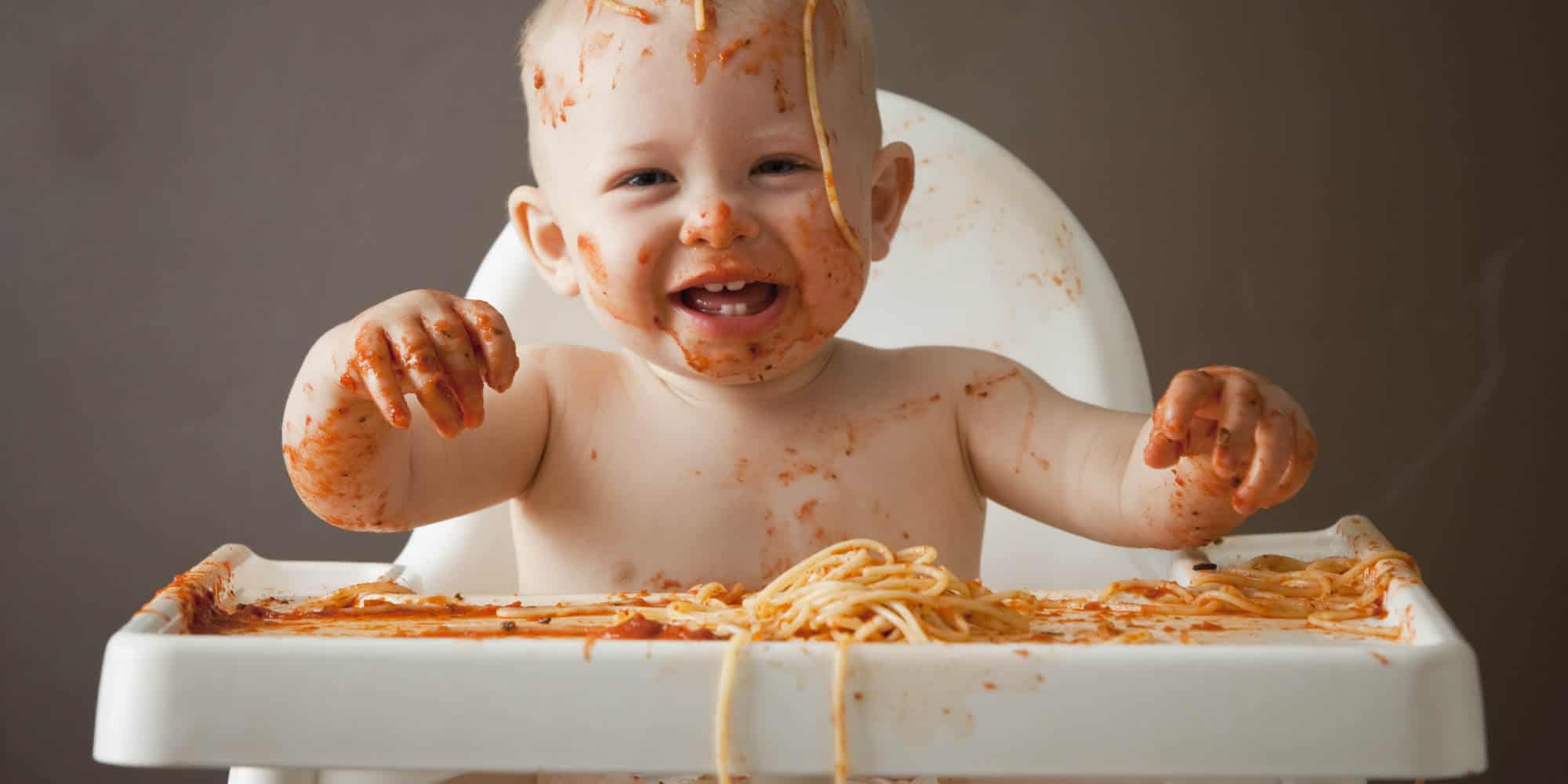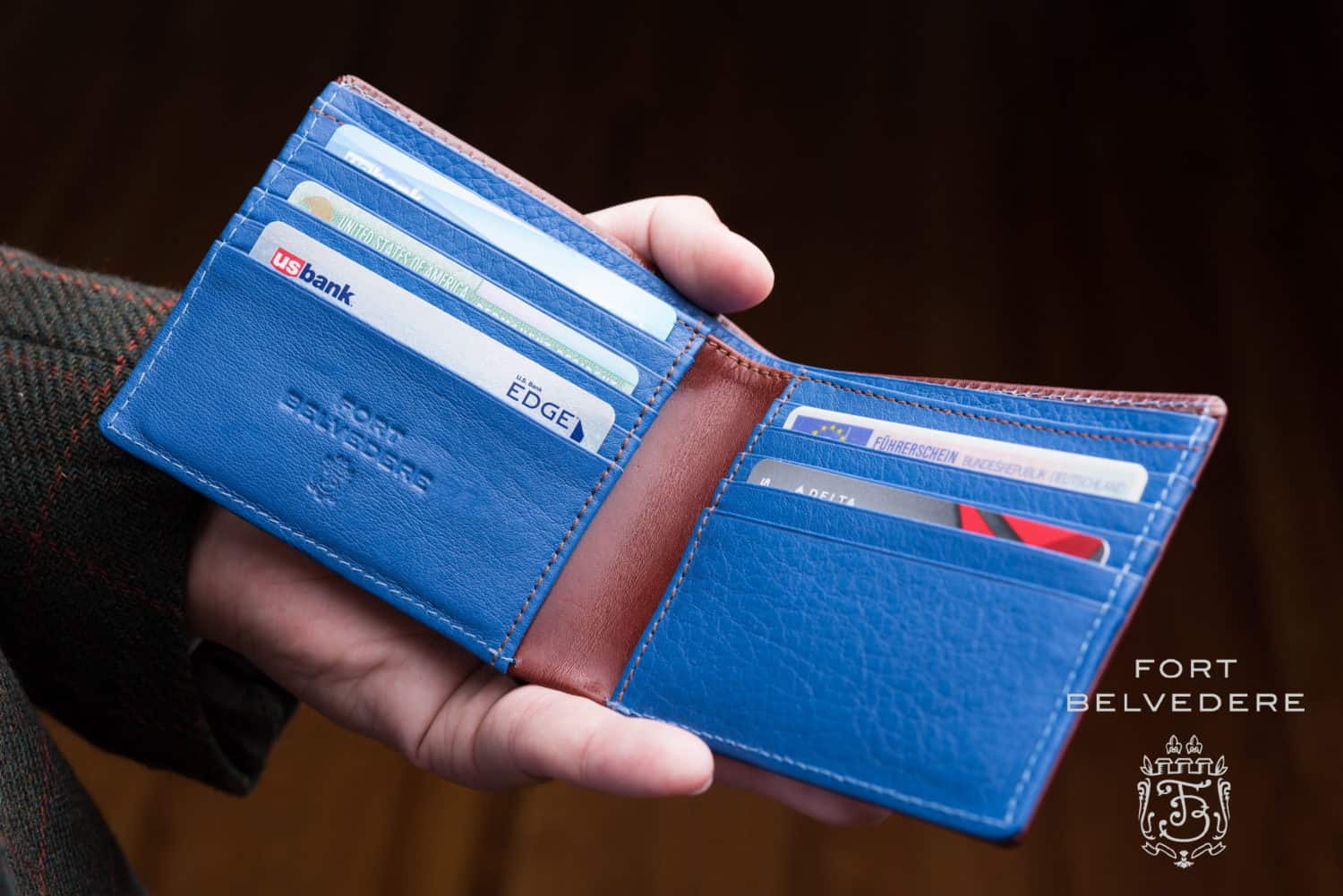Going out to eat is a popular activity for many peoplebut it can present a number of etiquette issues! Today, well cover how to dine out like a gentleman without embarrassing yourself or committing any faux pas.
How Should You Behave When Dining Out?
Restaurant dining presents an interesting human dynamic; similar to flying in an airplane, youre in a public space and you have to behave in a way that you and those around you are comfortable. Dining in a restaurant requires a lot of a persons etiquette and social skills and because of that, its very popular with employers to take potential employees or key leadership people out to a restaurant to see how they behave. Lets walk through the essential restaurant etiquette that you can apply for business dinners, celebrations, events, or dates.
Be Prepared
Before you even step inside the restaurant, there are a few things to consider beforehand.
Make sure you can afford it so you dont stretch yourself too thin financially. Eating out isnt cheap, especially in a group situation; it can sometimes be awkward to split bills, and just going to a restaurant with the mindset of ordering water and the cheapest appetizers wont always work. Ideally, your budget should cover a small appetizer, a main course, and a beverage.
Make sure you have enough for a tip according to local conventions. In the US, thats anywhere from 15 to 25%. If you realize a restaurant is not within your budget, either decline the invitation or try to find another restaurant if thats in your power. You can simply say I cant make it, or if youre comfortable, you can say Honestly, its not within my budget. Id be more comfortable with going to X restaurant or spending X at the most.
Make sure the restaurant can accommodate specific food preferences like gluten-free or allergy-sensitive options. If youre allergic to seafood or anything else, having a long ordeal with the waiter isnt the best solution.
Most importantly, make a reservation. Its the easiest way to skip a line. If the restaurant doesnt accept reservations, its maybe not the best place to go out for a business dinner or a date. Once youve made a reservation, its important to show up on time. Restaurants typically can just give your table away after 15 minutes or so. If youre running late, it pays to call, because most restaurants will hold your table. At its core, showing up on time means you respect other peoples time, and dont just look at yourself as the most important person in the room.
Dress accordingly
Obviously, at the Gentlemans Gazette, were big sticklers on this point, but in this day and age, its not that hard to look appropriately dressed for a venue. So what does that mean? At nicer establishments, you should skip the jeans and sneakers. Other than that, youre probably going to be fine, even without a jacket. These days, most establishments that require a jacket or have an even more formal dress code will have loaner jackets, but honestly, you dont want to wear a jacket thats a size too big and has been worn by sweaty people before you.
Enter Politely
In todays day and age, it doesnt really matter if the man or the woman enters the restaurant first, though some women may like it if you hold open the door for them. If there is a host, they will lead when entering the restaurant, followed by the lady, then followed by the gentleman. Traditionally, if theres no host, the gentleman takes the lead, walks in first, and pulls away the chair for the lady so she can sit. In more traditional places like Germany or Austria, youre more likely to see this kind of etiquette today. In the US, not necessarily so.
Removing Coats and Hats
If you live in a colder place, in the winter, people holding onto their coats and hats at the table can create an environment thats crowded and its uncomfortable. Traditionally, the gentleman takes the lead, helps the lady to take off her overcoat, takes off his own, and then goes to the waiter and hands them over to be put it up in a wardrobe. If someone at the restaurant asks if they can take your coat and hat, just hand it to them; they may hand you a little ticket so you can get it back afterward.
If no one asks to take your coat, simply ask where you can hang it. Most restaurants will have a place for that. Ideally, outerwear is away from the table so it doesnt get in the way. If youre leaving, in a good restaurant, theyll hand you the coats at the table. If thats not the case, as a gentleman, you quickly walk to the wardrobe, you put on your overcoat first and then you help the lady into hers.
Meeting Your Fellow Diners
Lets say youre already waiting at a restaurant. When the other party arrives, get up from your seat, stand up, and shake their hand. If you arrive in advance of your dining mates, maybe because theyre late or simply because you made it there earlier, you always stand up to greet them and come over. In most Western cultures, that means you give them a handshakesometimes it means a hug, but it all depends on the culture youre in, so be aware of the local habits. In any case, never stay seated to give a handshake, because thats not the proper way to do it. Of course, a nice smile also goes along with it, and its much better than someone just stoically looking at you and giving you a handshake without any kindness whatsoever.
Sitting at A Restaurant
At home, you may be slouching or just sitting in a way thats comfortable for you. At a restaurant, ideally, you should sit upright (but it shouldnt look uptight). So what exactly does that mean? Ideally, you sit on the entire chair, you have both feet firmly on the ground, and youre not slouching. Your arms should be kept close to your body and not wander around the table. You can rest your hands on the table, but only up to about the wrists; further down is traditionally not acceptable. Under no circumstances should you have your elbows on top of the table.
After you sit down, it is typical in higher-end restaurants to receive an amuse-gueule or an amuse-bouche; its usually a bite-sized appetizer from the chef that sets the mood for the evening. The worst thing to do is to say, Oh, but I didnt order that. Just accept it for what it is and enjoy it.
Engaging With Staff
Chances are youve experienced an unfriendly server who gave you the feeling that you should be lucky to dine in his or her presence. Regardless of their behavior, its always best if you react in a calm and polite manner. After all, you belong there, dont give them a reason to think otherwise. If the server has a nametag or if they introduce themselves, then that is what you should call them. If you dont know their name (or for some reason you forgot it) and you want to catch their attention mid-dinner, make sure to seek eye contact and give them a very discreet hand gesture. Avoid waving, snapping your fingers, or whistling at themless is more.
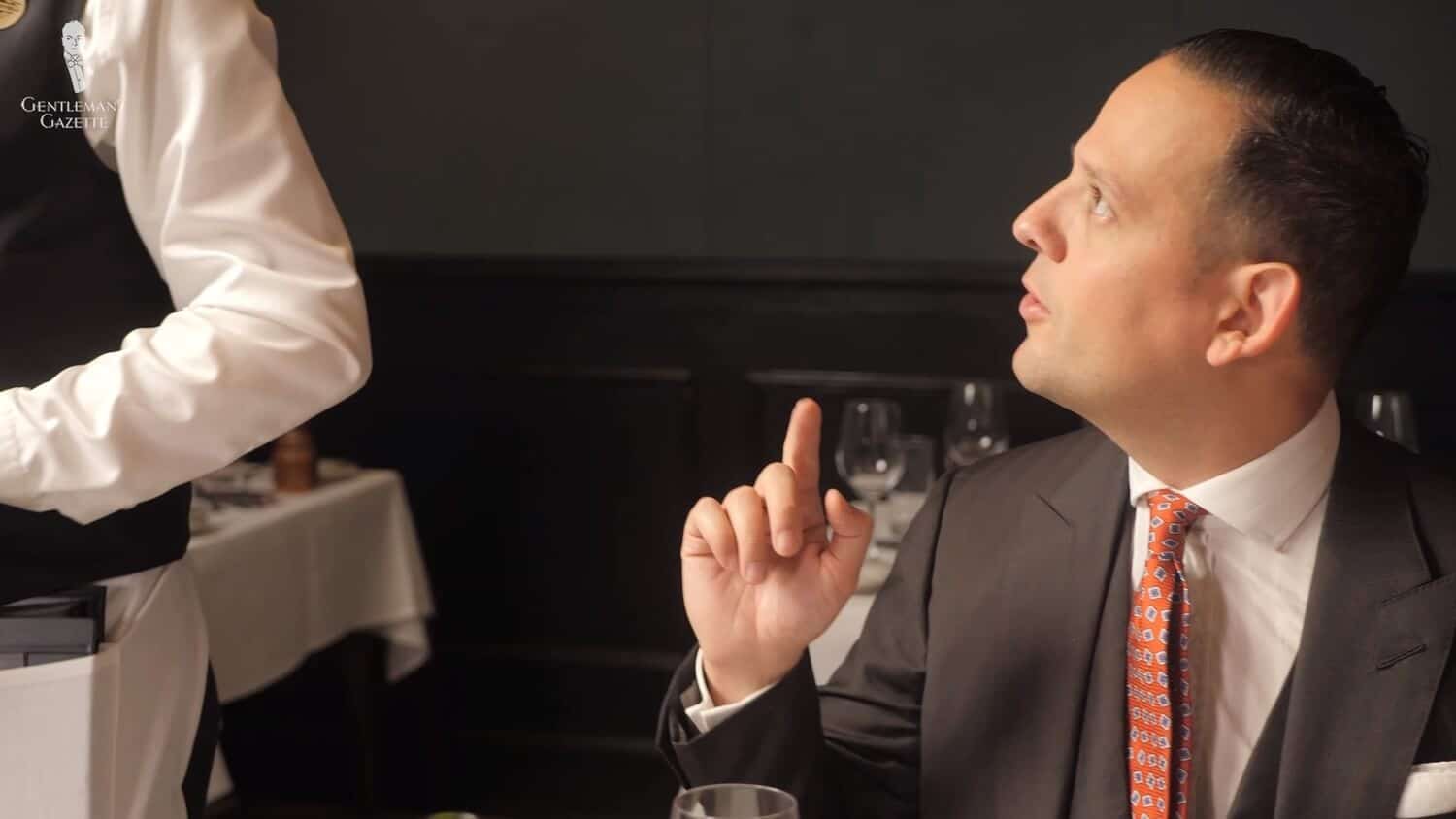
When trying to get a servers attention, always do so in a polite manner.
Also, keep in mind that just because youre paying for a meal doesnt mean you can disrespectfully treat the staff like theyre worth less than you. Confident men always treat others with respect, no matter if theyre the janitor or if they do any other part of work. As always, remember the tone makes the music.
How And What To Order
Ideally, the entire table should have the same number of courses. If you arent super hungry, talk to the server to figure out what appetizers or entrees are on the smaller side. A good server will always be able to tell you if something is big and heavy or light and small. If youve been invited as a guest to a restaurant, dont take advantage of that and order the most expensive item on the menu. Instead, mirror what your host orders. If he orders three courses in the mid-price segment, do the same. If they insist on you ordering first, I would always ask the host if they can recommend anything, if theyve been there before. If not, ask the server whats a popular item thats in a medium price range and go from there. Once youve made your selection, close the menu and put it down.
In a good restaurant, that is the subtle hint for the server that youve made your choice and he will come to your table. Often, slow service at better restaurants is simply based on this misunderstanding of menus still being open. Ideally, you should order off the menu without modifications. Chefs often put a lot of effort into the delicate flavors and the combinations of meals. If you just change it out and want fried chicken or ketchup on top, it just throws it all off. Now, if you have an allergy, its a different storybut again, ideally youve made sure that they can accommodate you before you even visit the restaurant. Even though the restaurant is not your personal chef, in the US, they will likely try to accommodate your requests to the best of their abilities. On the flipside, in Europe, they might just tell you, No, thats not what we do, and they may even tell you if you dont like it, leave.
On Phones and Watches
Keep your phone off of the table, and dont look at your watch all the time. If you do so, you send a clear message that you have other things on your mind, and that the time with this other person is not important to you. Dont pull out your cell phone to quickly check on something, send a text, or check on that email, because when you do, it takes your attention away and it takes a while before youre fully present again.
Table Manners and Utensils
If we were to go through the whole spiel, itd probably take us 45 minutes! However, weve already done an extensive guide about table manners, all of which applies here. Regarding utensils: in a restaurant, there are typically a few modifications. First of all, while at a private home, the silverware for the entire meal will be laid out on the table, thats not the case at a restaurant. Typically, servers will bring you the appropriate silverware for your course, and maybe the spoon for the soup or a steak knife for the meat. If there is a lot of silverware on the table, it means you start from the outside and work your way in. In the US, you will often find two forks and one knife; that means theyll bring you another knife for your main course (or sometimes they want you to reuse your knife).
Personally, I always like to have new utensil for every course so I dont mix any flavors. If you need more silverware, simply ask! Just like with many things in life, it pays to understand the culture youre in. For example: in the UK, it is unacceptable to point the tines of your fork upward while you eat, while in Continental Europe or the US, thats perfectly normal and acceptable. Theres no absolute right or wrong, it is just something that developed historically over time, and its good for you to be aware of it. Also historically, the material of blades would give potatoes and particularly fish an off flavor and because of that, in Europe, they developed a fish knife which was made from a different material. To this day, it is the proper etiquette to cut your potatoes with your fork, and to use a fish knife with fish. Now, in the US, I havent really observed this kind of etiquette.
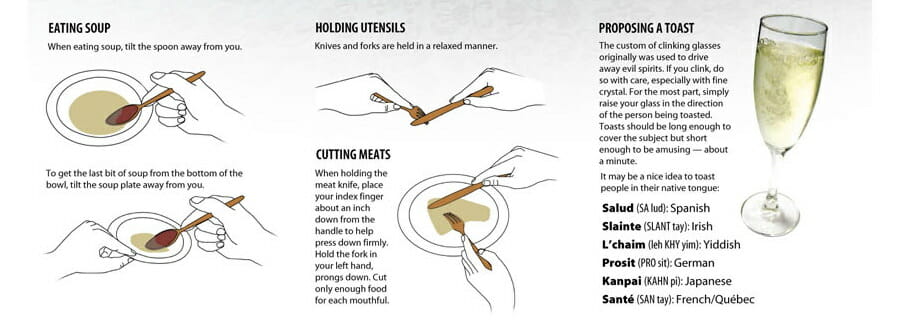
How to eat soup, hold a fork and knife, cut meat, and propose a toast
Todays blades are all made of stainless steel, theres no off flavoring and so the original reason is not really valid anymore. That being said, when you cut your potatoes with your fork, it leaves an uneven edge which makes it easier to absorb the sauce that comes with it. Now, no matter how you eat or what direction the tines of your fork are pointing, the fork always moves your food to the mouth and not your mouth to your fork. Frankly, I find this rule to be the most difficult part of dining and restaurant etiquette, because there is a tendency to naturally want to lean forward and meet somewhere in the middle. Also, if you remain upright and you just move your fork to your mouth, it is a lot more difficult to balance, so it always pays to put a napkin onto your lap.
Proper Timing, and Handling Soup
You should never start eating or drinking until everyone has been served. Typically, the host or the person who invited you will have the first sip, and maybe say a toast or thank you for coming. When you toast and clink, you say cheers. In Germany and Austria, it is essential to look into each others eyesotherwise, the legend goes that youll have bad sex for seven years! I dont know of any empiric studies on this, but I always look into the other persons eyes, because it creates a more personal connection. If your glass has a stem, hold it there; the clink sounds nicer and the wine or beverage doesnt heat up as quickly.
If you eat soup, chances are that it will come out very hot from the kitchen. If its too hot, dont just forcefully blow on it, because it may end up on your neighbors tie or face. Also, never slurp your soup or make any loud noises, even if the soup was really delicious. Dont angle the bowl and try to get out every last dropleave the bowl on the table. Remember: the spoon moves to your mouth, not your mouth to the spoon. Honestly, it sounds easy but if your spoon is filled to the brim, chances increase dramatically that youll spill. So try to give yourself a little bit of leeway so you dont make a mess of yourself.
How About Some Drinks?
Weve got a lot of questions about what to do when you drink alcohol. In a nutshell, the two most important rules are: know your limits, and dont give in to peer pressure or pressure others to drink more than they want. When you order a bottle of wine, a taste test is usually offered to the person who ordered it. In this stage, you simply try to determine if the wine is corked and at the right temperature. This is not about whether you like the wine or not. If the wine is corked, it will smell like a wet dog or wet cardboard, and you can smell it distinctly. It actually results from a mold thats reacted with a cleaning agent in the bottle. If you think the wine is corked, offer your server a taste test. Most of the time, they will just take the bottle away and bring you a new one. If you order wine by the glass (or if you order champagne), theres typically no taste test involved.

Some examples of Marsala wine
A few decades ago, it would have been considered a faux pas to order red wine with fish dishes. In this day and age, things have changed a bit. At the end of the day, you can order whatever you likebut if you want to follow traditional wine etiquette, especially as the host, here is how you should pair wines with food: lighter wines are always served before heavier wines, dry ones are served before sweeter ones, younger ones are served before older ones, and whites are served before reds. If for whatever reason, you dont want to drink alcohol, a simple No, thank you is all you need. No explanation is necessary.
Making Complaints
If you feel a need to complain, do so politely and calmly with your server. If the service is the issue, ask to speak to a manager. So how about sending back food or cocktails? Youre totally within your right if the restaurant misrepresented something that was on a menu. For example, if your curry contains peanuts even though it said it would be made with cashews, or if you receive a well-done steak when you ordered medium-rare. On the other hand, if you just didnt read the menu, you ordered the crudo, and you ended up with raw fish, then youre getting exactly what you ordered (even though you may not have known), and sending that back is just unfair to the restaurant.
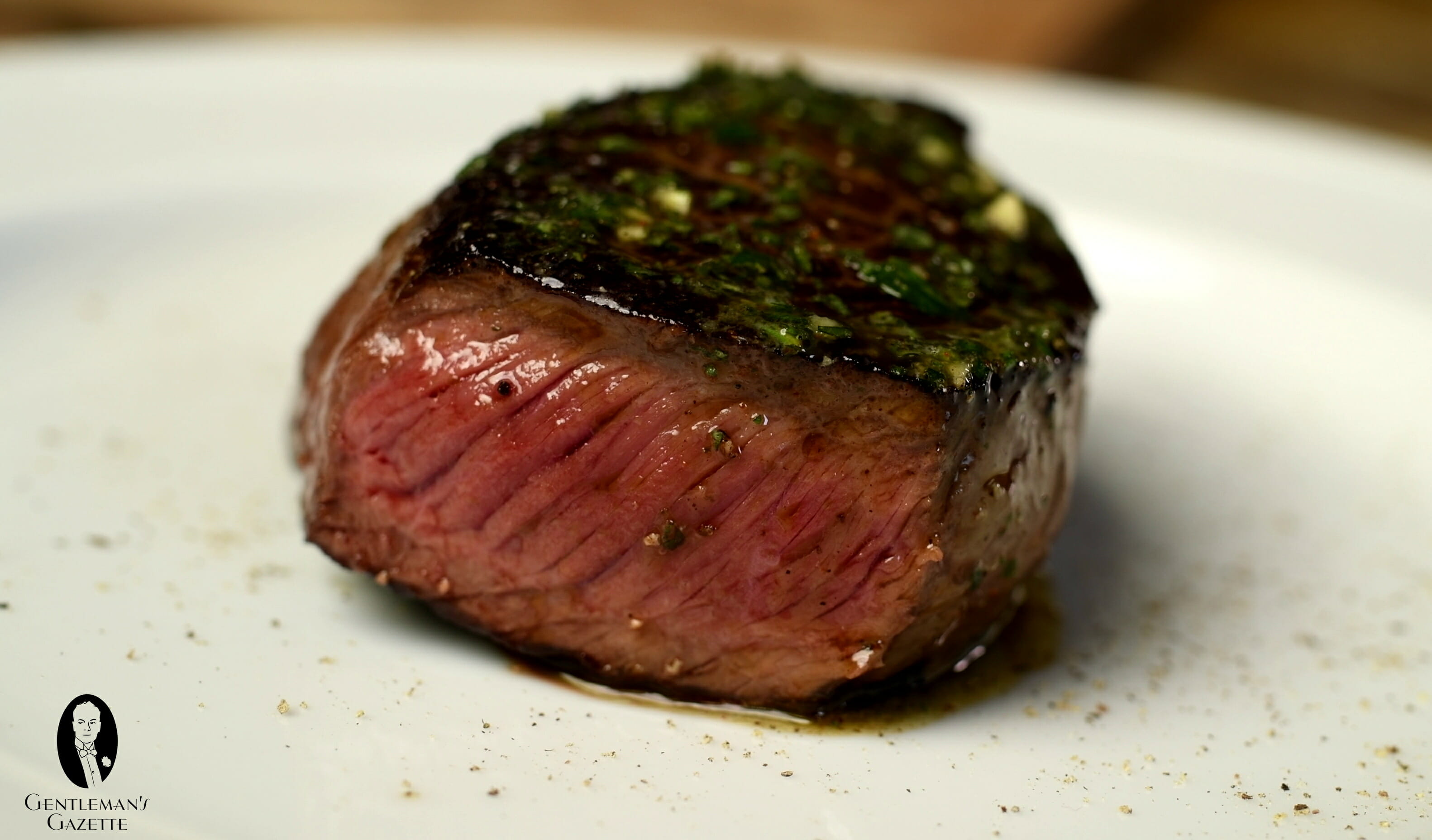
Medium-rare pan seared Top Sirloin Steak topped with compound herb butter
Now in the US, most servers will ask you after the first few bites how everything is tasting and if youre honest and you say you dont like something, they will typically take it away and offer you something else. Often theres no charge for thatbut if the fault is on your end, you should eat it and not complain.
Dealing with Kids
Dining with kids is never easy, and in certain situations, its downright impossible! That being said, I have a two-year-old toddler, and we still want to go out and dine. That means we dont go out when shes sick or cranky, because ideally, your children should be able to sit down during the duration of the meal and be able to have an inside voice.
Kids running around the restaurant pose a risk to the staff, and they ruin the experience for the other diners. Also, if you want to go out with your kids, a white-tablecloth restaurant is not the best choice. Maybe the lower-end restaurant where things are not as neat is much better suited to kids. If youre concerned that it might be difficult, maybe takeout is the better option for you.
Paying the Bill
The old rule of the gentleman always paying the bill for the lady is a bit outdated these days. Its best to have a very clear understanding upfront if the host invites you or if everyone pays for themselves. In countries like Italy, its totally normal that at the end of the meal, you split the total sum by the number of heads, even though some people may have drunk more and consumed much more expensive meals than others. Again, understanding your culture and surroundings is key.
As a rule of thumb, Id say always expect to pay for yourself, even though someone may have invited you. I find this to be particularly true in the US, where an invitation doesnt mean that theyre going to host and pay for it. That being said, Im of the firm belief that if you invite someone to a restaurant, you should always pay for it. Also, if you or your partner ordered significantly more than the other diners at the table, never just suggest to split the bill, because that may be uncomfortable for them. Whenever you pay, do so discreetly. With a credit card, its always discreet but dont wave your Benjamin Franklins one after another, because thats just posing. If youre the host, maybe even arrange to pay beforehand, so nothing has to actually happen at the table.
Now, what about tipping?
Tipping your server is definitely controversial for many reasons; in some cultures, it is completely unacceptable, while in others, it is expected to the degree of 20 or 25 percent. In the US, Id say there are very few circumstances where a tip is not appropriate. It has become an industry standard, and servers even pay taxes on expected tips. Unless your food or service were truly terrible, you should probably tip at least 10% even if you received unsatisfactory service, 15% for good service, and 20% (or more) for exceptional service. Sometimes people take the percentage post-tax, but you can also do it pre-tax. Also, lets say you have a very regular meal, but you ordered a $500 bottle of winethen the work the server had to do wasnt really more than if you had ordered a $50 bottle of wine. In those cases, you may feel like you want to adjust the tip so its more representative of the work that was doneits up to you. Likewise, if you go to a restaurant with your two kids and the total bill is $50, but your kids threw rice all over, you may want to tip $15 or $20; you just made a mess and they have to spend a lot more time cleaning it up.
If you travel abroad, try to understand tipping cultures. In Germany, its okay to round up and more is not expected. In Japan, its downright rude to tip, and people wont accept it. Once youve paid, depart in a reasonable amount of time. In the US, typically, restaurants have multiple seatings each night, so I would say 30 minutes after you paid is a good time to leave. If theyre not busy and there are many open tables, you can stay as long as you want.
Giving Feedback
If youre unhappy with something, its best to voice a concern in person. Also, if the restaurant has the menu online and you know an entree costs $80 on average, its unfair to complain that the restaurant is too expensive, because you know exactly what youre getting from the get-go. Even if they dont provide prices, you know that a two-star Michelin restaurant is going to cost you a little bit of money. Typically, such restaurants also dont offer gigantic portions, so expecting that and complaining about it just shows that you have no clue about this kind of establishment, and its not really helpful to the people who frequent this kind of a restaurant.

Cosme. NY
Same goes for the wait. If you dont have a reservation, and others walk in after you and receive a table before you, its because they planned aheadthats life! Also, give people specific feedback rather than general feedback. Instead of saying, this pizza was great, you can say, this pizza had a really thin, crispy crust with a low-acidity tomato sauce, and just the right balance between mozzarella and prosciutto di Parma.
Conclusion
With these tips at your disposal, you should be well prepared to handle any restaurant experience, be that with family, friends, coworkers, or others; with kids along or not; and at whatever level of formality youve decided to engage in. Bon apptit!


